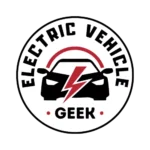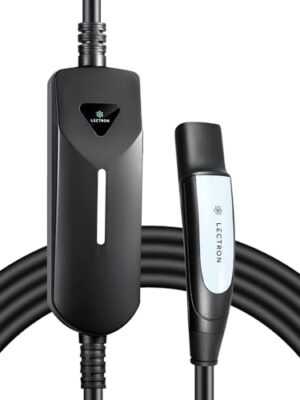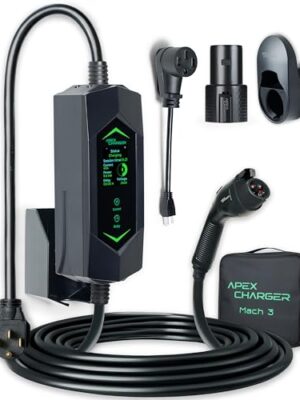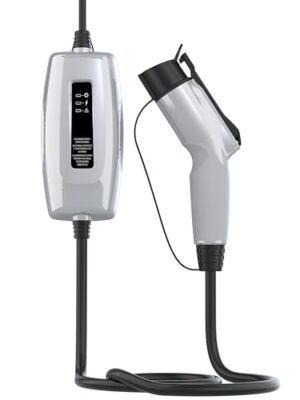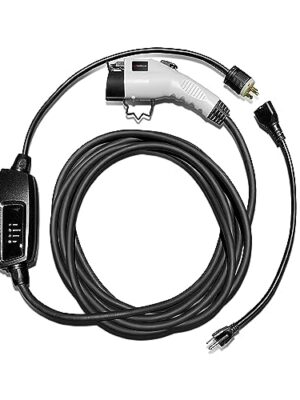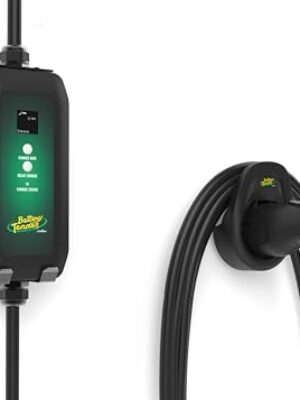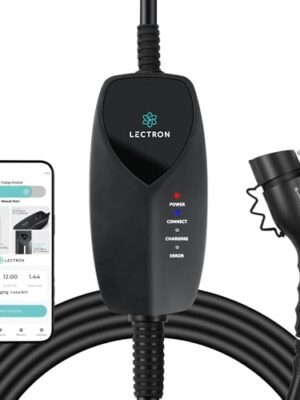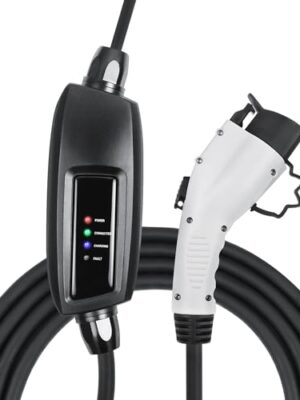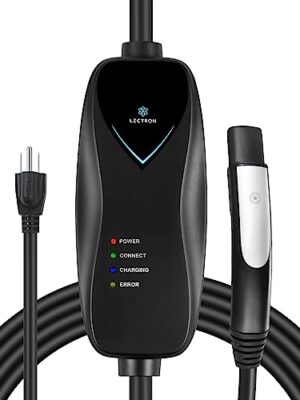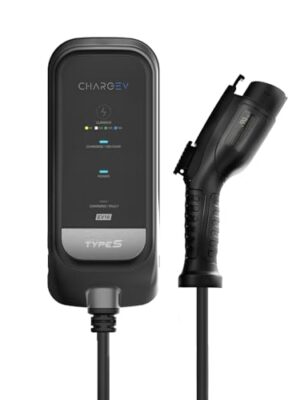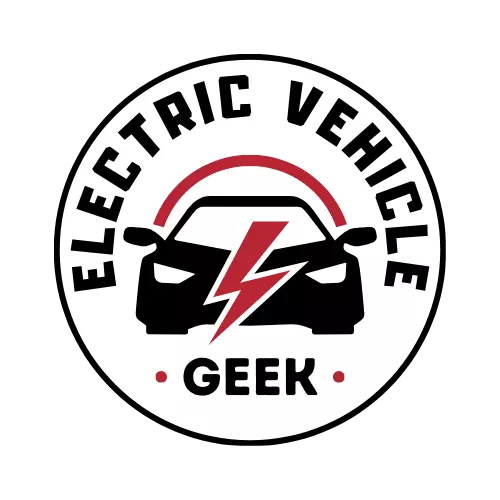Supported by you via insider access, and when you purchase through links on our site, we may earn an affiliate commission. See our Affiliate Disclosure.
Best 120V Electric Vehicle Chargers 2025
Use the “Compare” button on each product to select multiple chargers, then click the ⚖️ scale icon to see a full side-by-side comparison.
120V EV Charger Reviews
Our 120V EV charger reviews are carefully ranked by expert ratings, highlighting the best chargers available today. Each charger is evaluated on a detailed 1–10 scale across key factors such as Features, Real-World Performance, Build Quality, Durability, Design, Value for Money, Brand Trust, and Overall Expert Assessment.
By applying consistent standards to every model, we provide an unbiased comparison that covers everything from reliability and ease of use to long-term performance. Use our in-depth ratings to confidently choose the ideal 120V EV charger for efficient home charging.
Quickly narrow your search using our custom 120V EV charger filters: brand, connector type, power input, charging level, power (kW), rated current (A), adjustable amperage (A), cable length, safety certifications, and smart features.
For full details, click a charger image or title to read the complete review. Comparing multiple chargers? Use the “Compare” button below each charger, then click the ⚖️ scale icon to see a side-by-side comparison of specs and expert ratings, helping you make a confident, informed decision.
What is a 120V EV Charger?
A 120V EV charger – also known as a Level 1 charger – plugs into a standard household outlet and delivers 1.0 to 1.9 kW of power, typically adding 2 to 5 miles of range per hour. It draws 8 to 16 amps from a 120V circuit and is best suited for overnight charging, plug-in hybrids, or light daily EV use. With no special installation required, it’s a low-cost, convenient solution for both home and portable EV charging.
How Fast Does a 120V EV Charger Charge?
The charging speed of 120V EV chargers depends on your vehicle’s battery size and the charger’s amperage output. On average, plug-in hybrids (PHEVs) can reach a full charge in 6–10 hours using a 120V EV charger. Battery electric vehicles (BEVs) typically add about 3–5 miles of range per hour. This makes 120V charging well-suited for overnight charging or topping off your vehicle throughout the day.
Whether you drive a Tesla, Jeep, Ford Mustang Mach-E, Chevy Bolt, or any other EV, a 120V charger is great for slow, trickle charging at home or on the go. However, if you want faster charging speeds, we recommend upgrading to a 240V EV charger – provided your home electrical system supports 240V circuits.
Why Choose a 120V EV Charger?
While 240V Level 2 chargers get most of the spotlight, there are several compelling reasons why a 120V Level 1 charger might be the best fit for your lifestyle:
Plug-and-Play Simplicity
No electrician. No panel upgrades. Just plug it into a standard outlet and start charging. Great for renters and those in older homes without 240V wiring.
Ideal for PHEV Owners
If you drive a plug-in hybrid like the Jeep Wrangler 4xe, Toyota Prius Prime, Ford Escape PHEV, or Honda Clarity, a 120V EV charger provides overnight charging without overkill.
Portability for Travel or Backup
Lightweight and compact, most 120V EV chargers fit easily in your trunk. Use it on the go or keep it as a backup in case your primary charging station gets lost or stops working.
Budget-Friendly
120V EV chargers are typically more affordable than 240V EV chargers. They’re an excellent entry point into EV ownership without additional installation costs.
What Are the Electrical Requirements for a 120V EV Charger?
A 120V EV charger operates on a 120V single-phase circuit protected by a dedicated single-pole 15A or 20A EV charger breaker. It connects to standard NEMA 5-15 or NEMA 5-20 120V outlets, commonly found in residential settings. 120V EV charger circuit wiring typically uses 14 AWG (for 15A) or 12 AWG (for 20A) solid copper conductors, as illustrated in the 120V EV charger circuit wiring diagram below.

For safe and code-compliant installation, proper wire sizing, breaker selection, grounding, and use of industrial-grade NEMA outlets are essential. A 120V EV charger branch circuit must follow the NEC 80% continuous load rule, limiting charging to 12A on a 15A circuit or 16A on a 20A circuit. Adhering to these standards ensures reliable and safe home charging.
Save Big on Your 120V EV Charger
Save up to 20% on buying and installing your 120V home EV charger by making smarter choices. We’ll help you find a reliable charger that meets your needs today and is ready for the future. Click below for a personalized recommendation and installation consultation tailored to your EV and home.Why Choose Us?
Top-Rated Products
We offer only the most reliable and inhouse tested 120V EV chargers just for you.
Competitive Pricing
Charge Simply. Drive Confidently.
Upgrade your EV routine with a dependable 120V EV charger – perfect for overnight EV charging, daily top-offs, and plug-in hybrids. Explore our curated collection and find the safest, most convenient way to trickle charge at home or on the go.
You’ve Got 120V Electric Vehicle Charger Questions, We’ve Got Answers.
